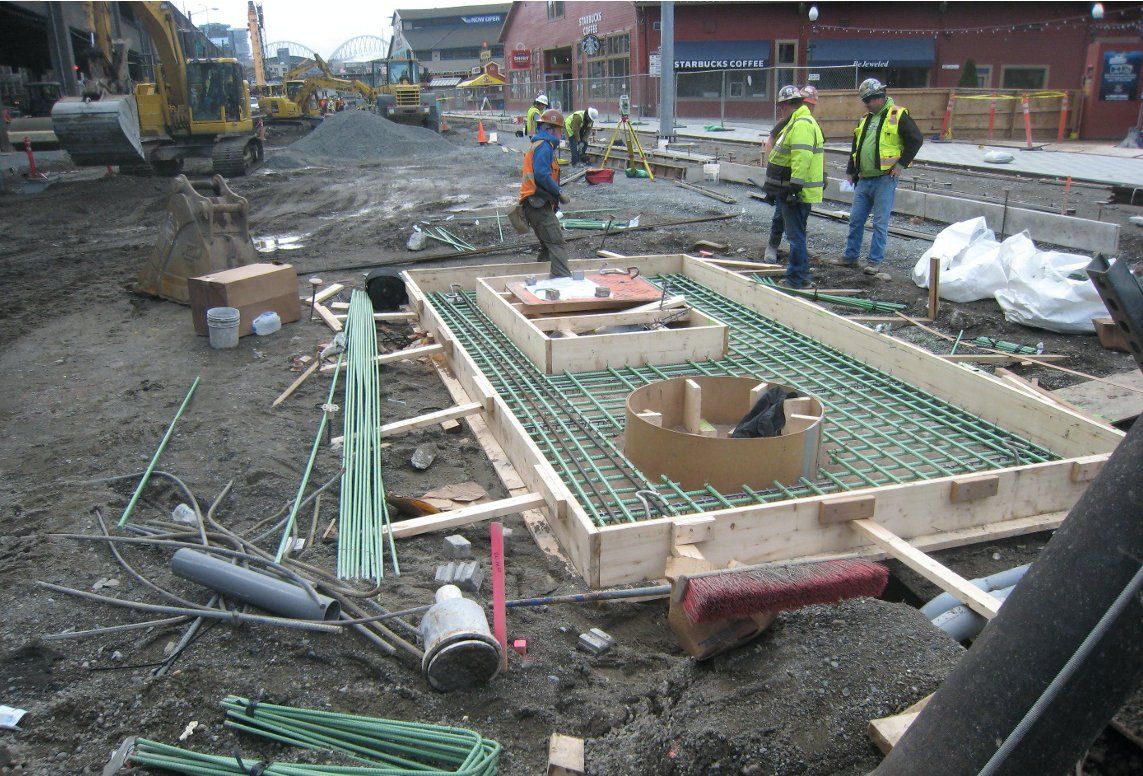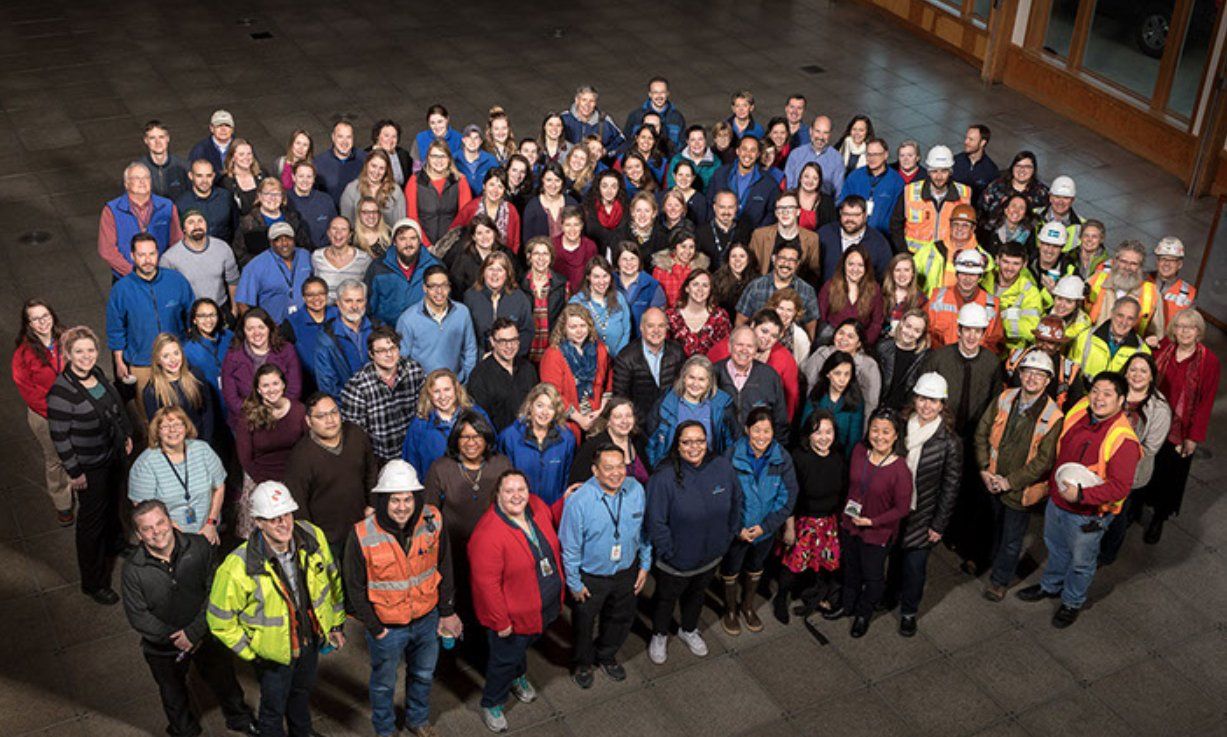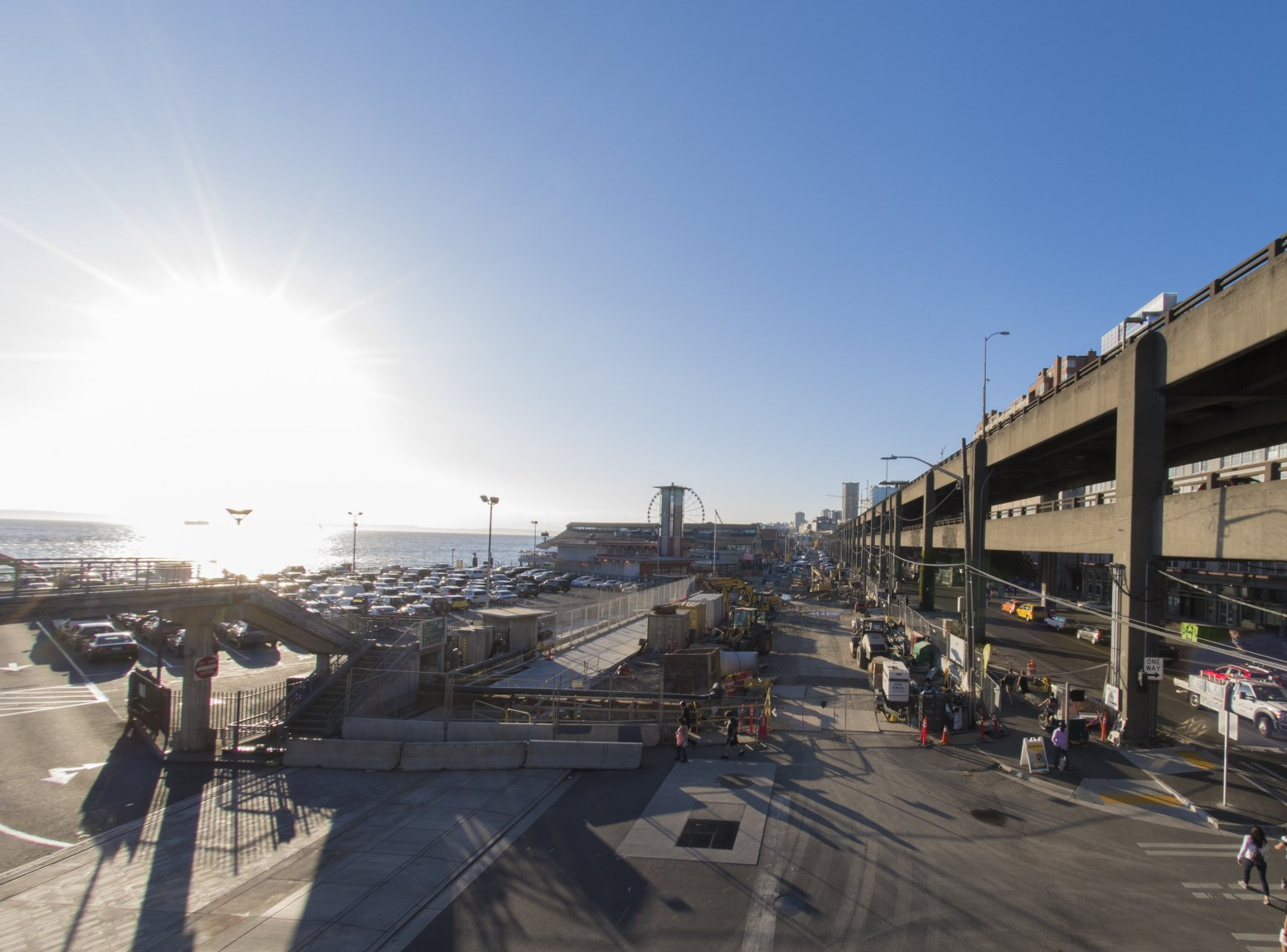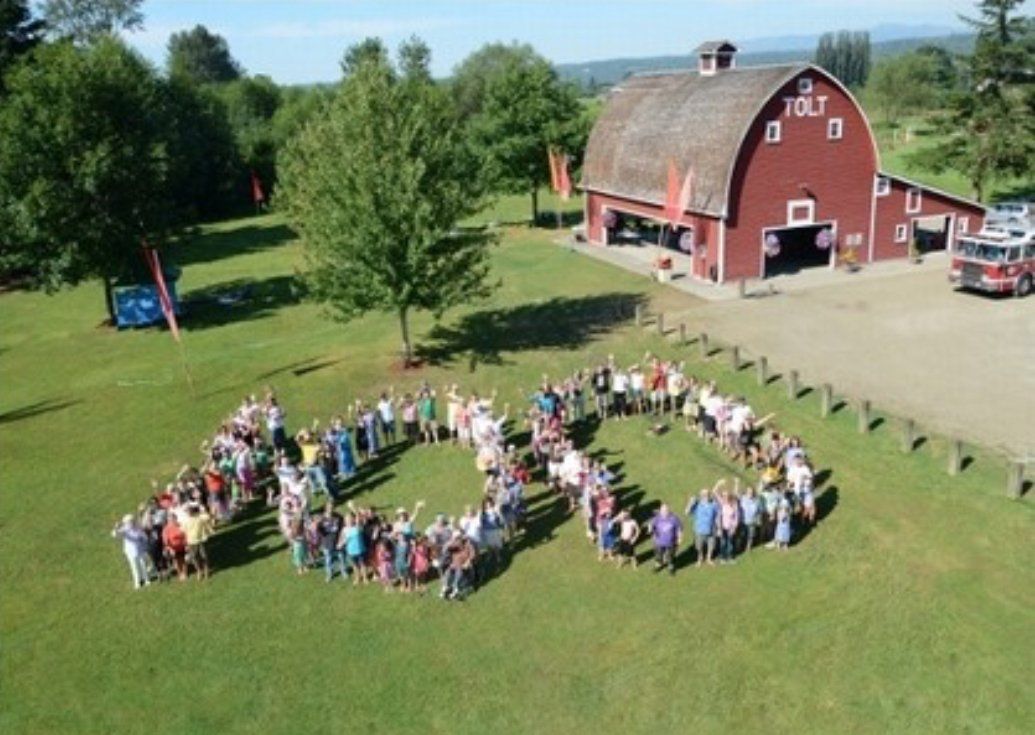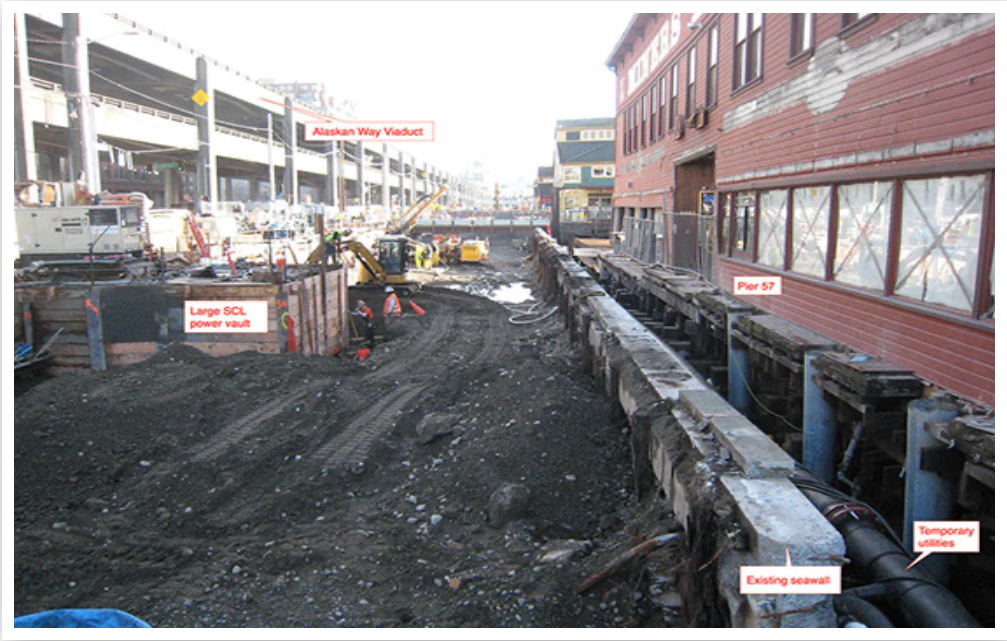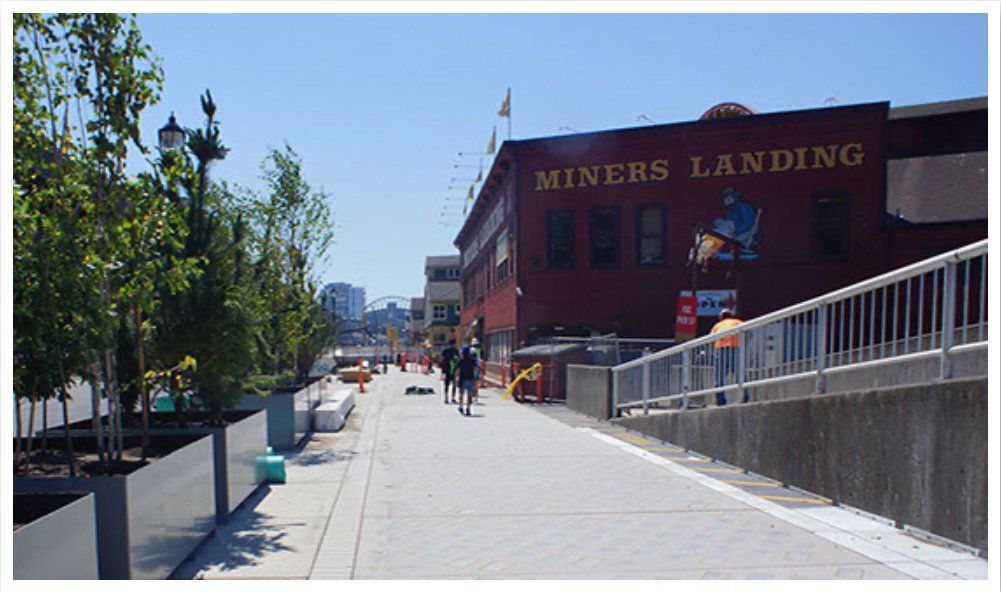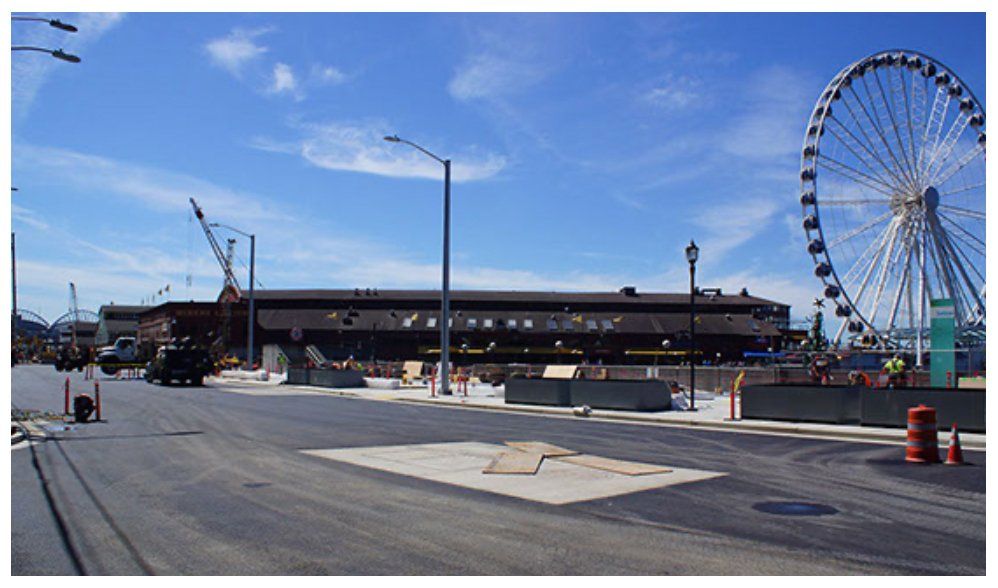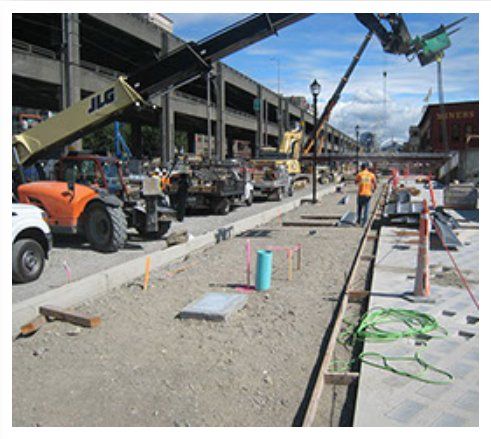How an Existing Utilities Report Benefits Complex Construction
How an Existing Utilities Report Benefits Complex Construction

Mass excavation, historic seawall demolition and jet grout foundation installation is in full swing at the historic piers along Alaskan Way on the Elliott Bay Seawall Project (EBSP). The site is packed with equipment and several trades are working in close proximity to each other, removing the old structures while installing the new foundation in the same footprint.
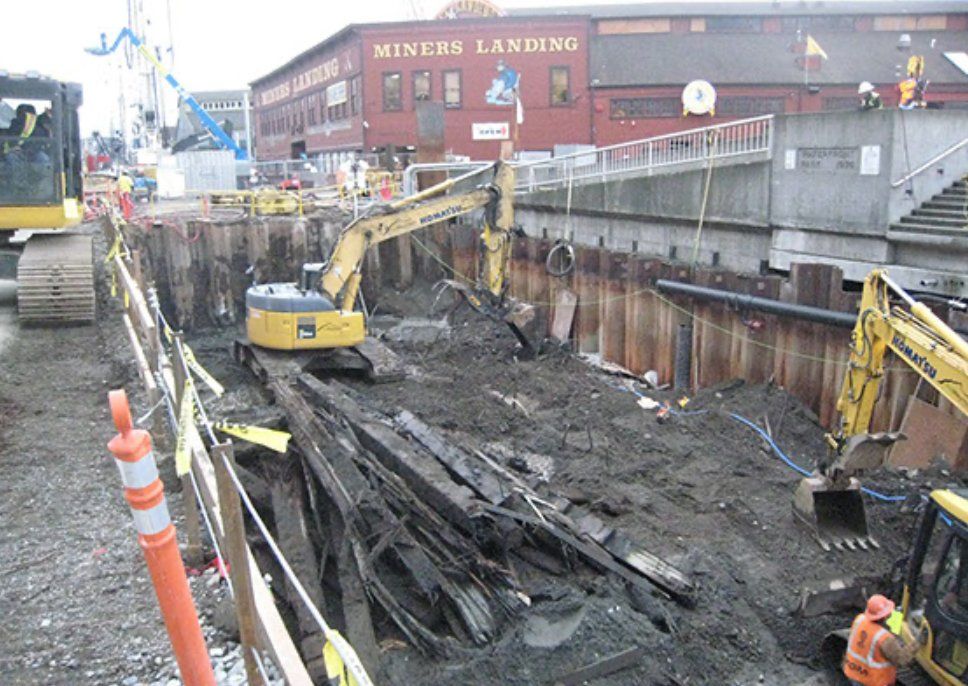
Mass excavation at EBSP
As Utility Coordination Lead during design, SG3 found and organized a wealth of historical information about structures and existing utilities. An output of that early work is an appendix to the construction drawing set called an Existing Utilities Report (EUR). In simple terms, it’s a set of drawings showing existing utilities, not obscured by other information, along with a cross-referenced table. For this project it includes a set of illustrations showing penetrations at the existing seawall, stationed horizontally and vertically.
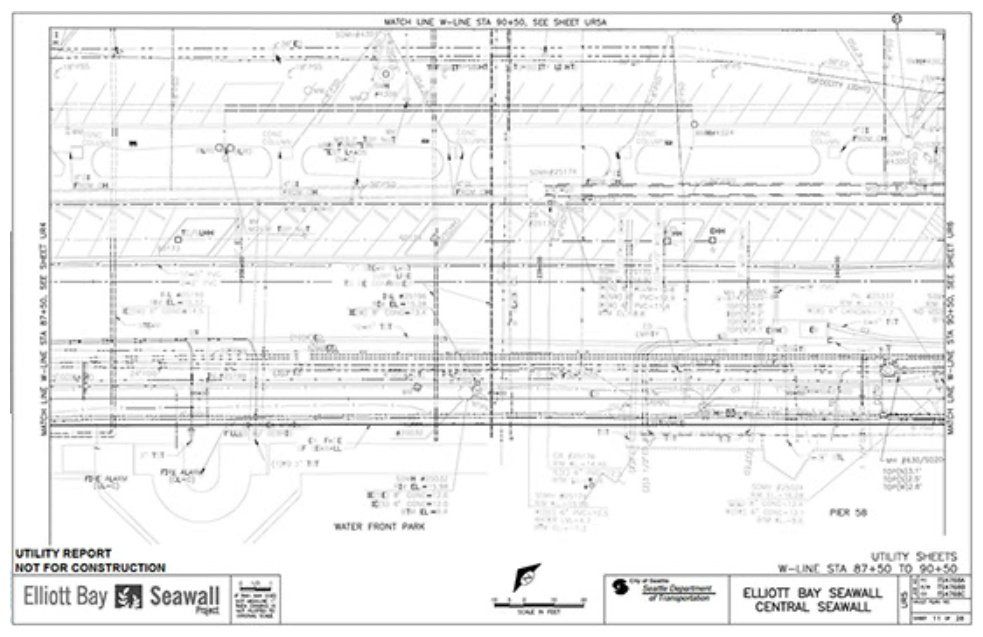
Existing Utilities Report
With construction humming along, this tool is proving its value every day in avoiding project delay. With rare exception, whenever the contractor encounters an abandoned item it is quickly and easily identified in the EUR. It’s good to find the many abandoned duct banks, manholes, pipes and other structures right where expected. The very few underground conduits not shown on any plan or report have all been abandoned and empty.
It can be a challenge to get crew leads and equipment operators to recognize and rely upon the EUR source. Often, these are subcontractors or sub-subcontractors that may have never seen this critical background information. So, I spend a good deal of time just walking the site and pointing things out to drillers, welders, machine operators and others who are unaware of live gas mains, abandoned (and live!) electrical duct banks, and several other utility features lurking beneath the surface.

EUR mark-up
This daily site presence pays off when a crew-person I’ve never met flags me down to point out a pipe or conduit they’ve just uncovered – because they’ve heard I can probably produce a quick answer. Fielding questions and keeping the communication flowing is key to keeping the job on schedule. Dealing with these queries as quickly as possible is the order of the day so operations don’t grind to a halt when what seems to be a mystery object is encountered.
I always carry a laminated set of the EUR drawing mark-ups with me on this rainy Seattle job site.
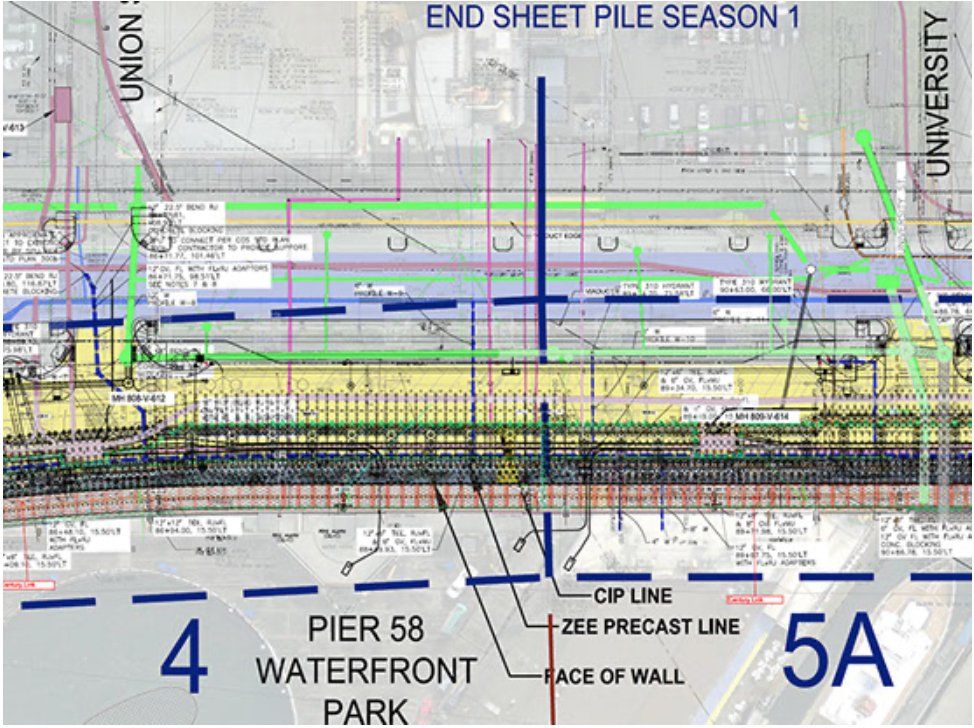
Combined roll plot
I also carry a set of 11×17 prints of the combined project roll plot. This useful reference captures all aspects of the design on a single drawing. It’s a very busy graphic, but with it I can quickly see how any proposed shift of an item affects other nearby elements and also how construction sequencing and even equipment staging might impact various aspects of the work.
SHARE
COMMENT
